Animals
-
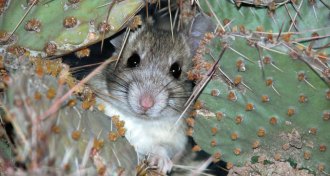 Animals
Animals‘Packrat’ is the new term for ‘really organized’
The more eclectic hoarder species segregate pantry from lumber room from junk museum. The result is more orderly than the closets of some human packrats.
By Susan Milius -
 Animals
AnimalsIt doesn’t always take wings to fly high
Microbes, bees, termites and geese have been clocked at high altitudes, where air density and oxygen are low.
-
 Animals
AnimalsIn crazy vs. fire, the ant with the detox dance wins
Tawny crazy ants pick fights with fire ants and win, thanks to a previously unknown way of detoxifying fire ant venom.
By Susan Milius -
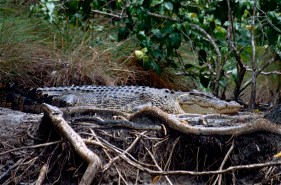 Animals
AnimalsSome crocodiles go out on, or up, a limb to hunt, keep warm
Observations of crocodiles from Australia, Africa and North America show that four species could waddle up and along branches above water. They do this to regulate their temperature and look for prey, scientists suggest.
-
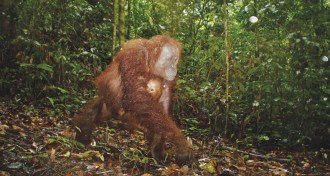 Animals
AnimalsOrangutans hit the ground walking
A surprising affinity for moving across the forest floor may aid threatened apes.
By Bruce Bower -
 Life
LifeNonhuman city natives in decline but can be conserved
Cities have been a downer on biodiversity but native populations still remain in urban areas, offering a starting point for possible conservation efforts.
-
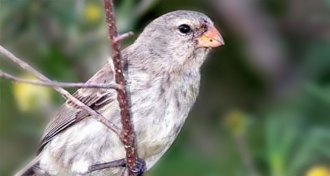 Life
LifeCharms of small males may collapse a Darwin’s finch species
Mating rules may be changing for one of the storied Galápagos birds.
By Susan Milius -
 Health & Medicine
Health & MedicineFeedback
Calculating vaccines' impact, cat-induced bird death toll revised, taming wildcat genetics, and praise for The Science Life.
-
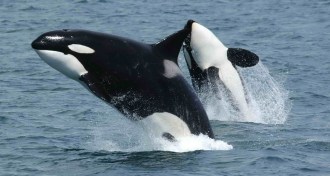 Animals
AnimalsThe Ice Age was harsh on orcas
Killer whale DNA shows that climate change resulted in declines for most populations.
-
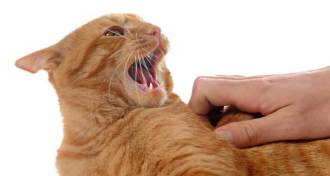 Health & Medicine
Health & MedicineBad kitty: Cat bites can cause nasty infections
Three in 10 patients seeking treatment for hand bites were hospitalized, study finds.
By Nathan Seppa -
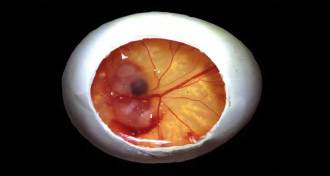 Animals
AnimalsEmbryos in eggs move to get comfy
Even before hatching, Chinese alligators, snapping turtles and some relatives can shift toward favorable temperatures.
By Susan Milius -
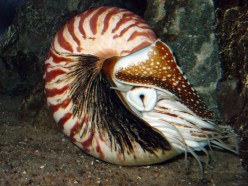 Earth
EarthAmmonite jaws provide a window into ancient climate
Temperature of marine environment can be determined from cephalopod fossils.